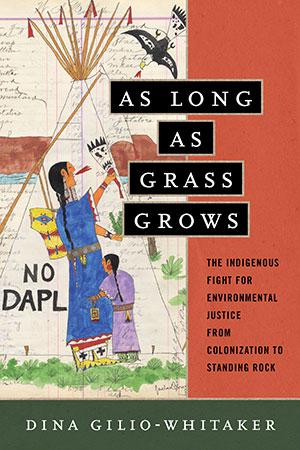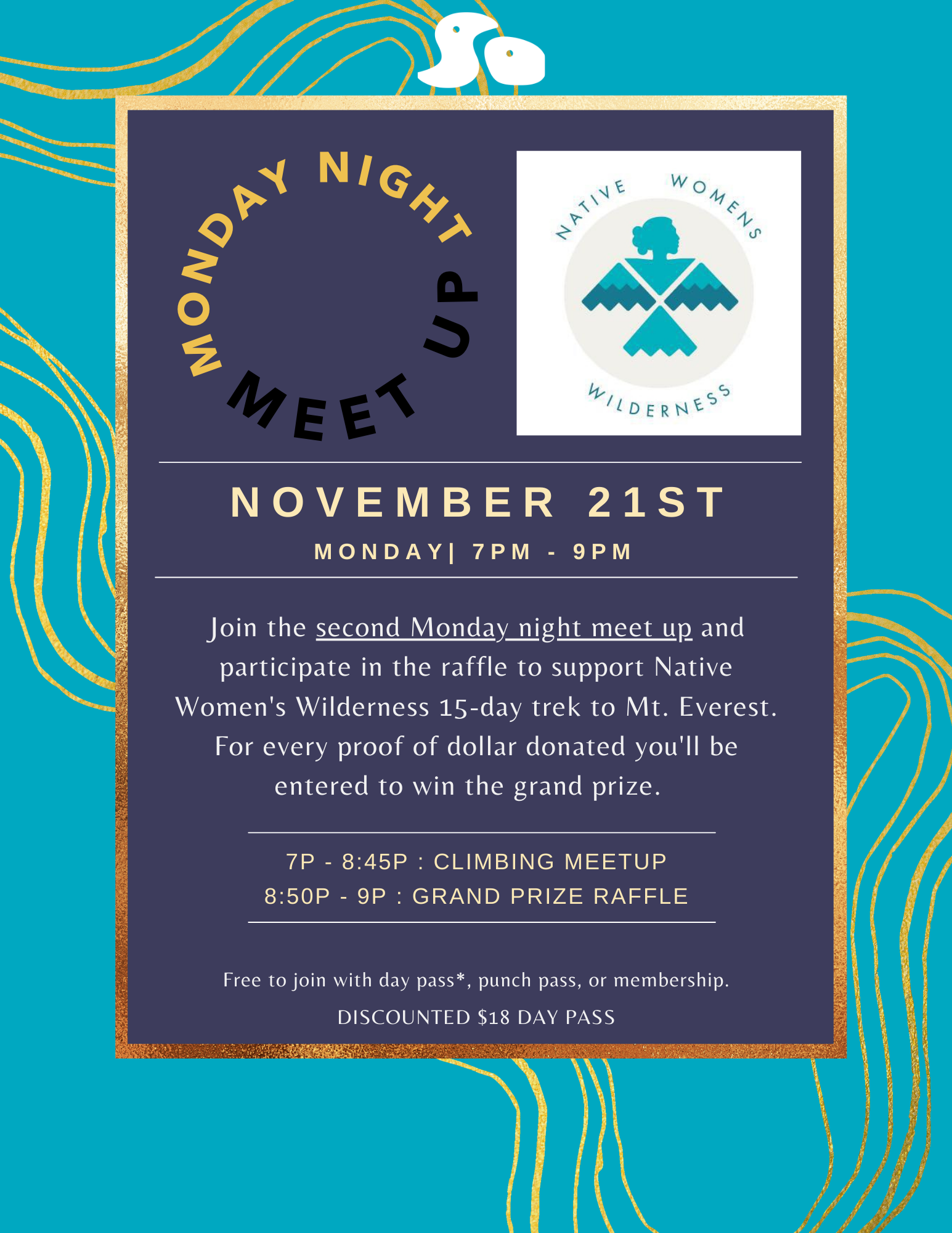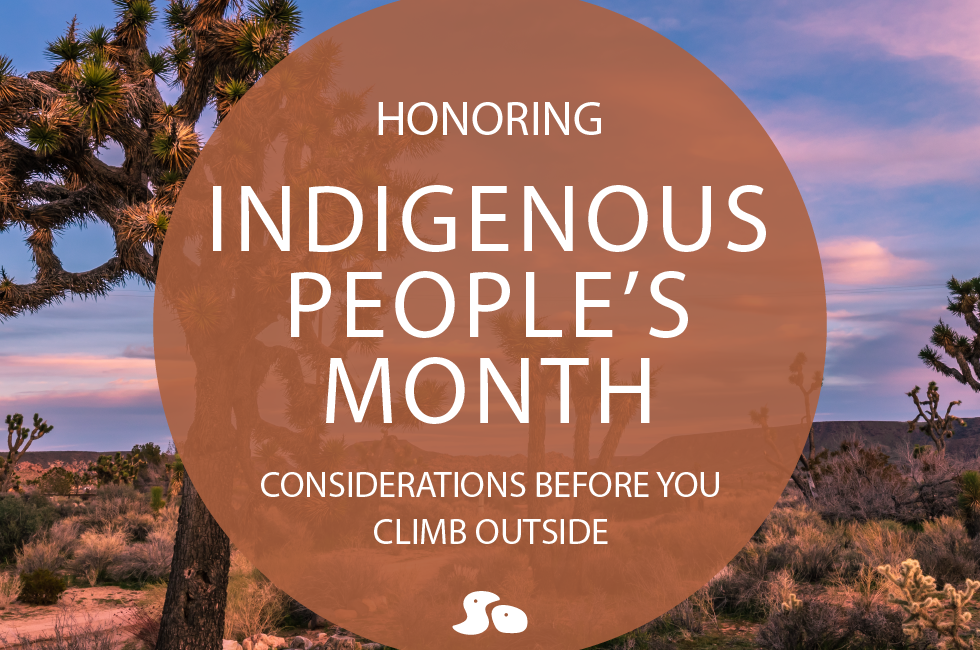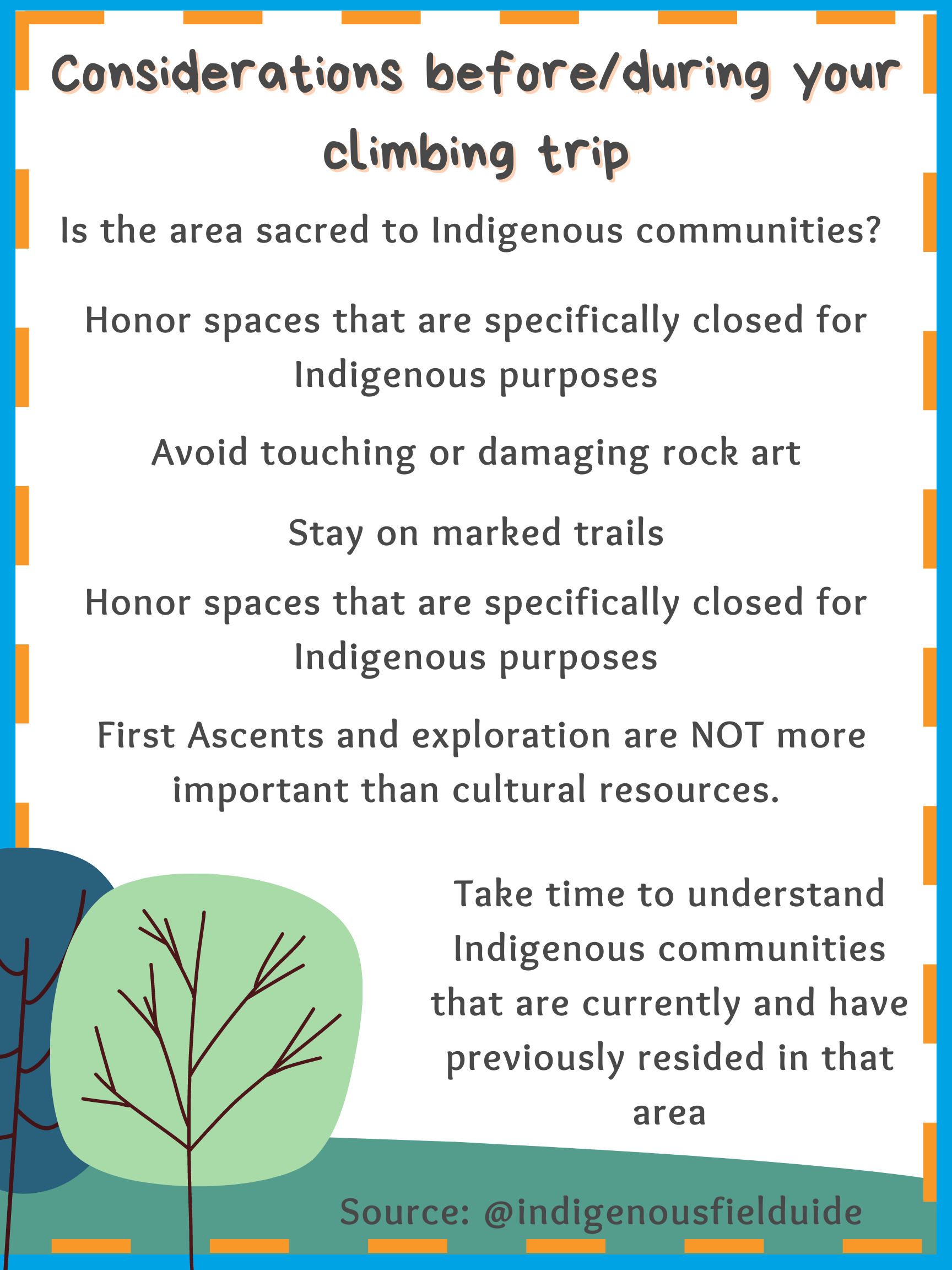Written by Kadisha Aburub
Picture this: you and your friends plan a bouldering trip to Joshua Tree and are eager to explore all the areas you have yet to visit. It is easy to forget that public lands were created through dispossession of millions of Indigenous people. As a reminder, we are on stolen land.
Joshua Tree National Park is an otherworldly desert destination that climbers, hikers, and sight-seers come to set eyes on its beautiful boulders, landscape, and "spiky" trees. Since time immemorial, the Oasis of Mara (known as present-day Joshua Tree National Park) sustained Native American tribes including Cahuilla, Chemehuevi, Serrano people, as well as the ancient Pinto culture.
As Indigenous People's month is celebrated throughout the states we thought we'd take the time to realign our connection to the land from one of dominance to one of reciprocity. When we hike, climb, or backpack let us be intentional in how we do so.
Steps to take before/during your climbing trip:
While you're on your climbing/hiking trip there are ways you can ensure you are being mindful of Indigenous culture, practices, and land. (This is by no means a comprehensive list and doing specific research on your local crags/areas is highly recommended before recreating outdoors.)
1. Is the area/crag sacred to Indigenous communities? If so, reach out to Indigenous leaders and/or conservation professionals who are aware of whether or not sharing specific geographic areas will negatively impact the area.
👉WHY? Many of these areas do not have proper protection in place to handle a large amount of visitors.
2. Honor spaces that are specifically closed for Indigenous purposes. If you peruse through your Joshua Tree Bouldering Book or Black Mountain Bouldering book you'll find that there are crag areas that are completely closed to climbing/hiking. Respect these closures.
3. Understand that cultural sites/formations/structures are still used in traditional ceremonial practices today. Avoid touching or damaging rock art.
4. Stay on marked trails.
5. First Ascents and exploration are NOT more important than cultural resources.
6. Understand that Indigenous communities exist in the present-day in various outdoor/urban areas.
8. Take time to understand Indigenous communities that are currently and have previously resided in that area.
Source: @indigenousfieldguide. You can sign their pledge here.
How to support Indigenous communities this month and every month:
1. Do your research before going outdoors: an awesome all-around resource is the organization @indigenousfieldguide they provide public education on accessing the outdoors through an Indigenous lens.
2. Connect with a land advisor: connect with Indigenous guides and advisors to help you navigate how to ethically recreate outdoors.
3. Support Indigenous Brands/organizations: @nativesoutdoors, @indigenouswomxnart, @indigenousfieldguide @queernature @indigenouswomenhike @wildernesssociety
4. Educate yourself. Here are some starting points: Which Indigenous lands are you on?, Books written by Indigenous authors, Native American Art in Joshua Tree, Organization that is dedicated to conserving land in Twenty-Nine Palms,

'As Long As Grass Grows' by Dina Gilo-Whitaker

Join us for Monday Night Meetup Nov 21st:
To show our support we will be hosting a raffle at Monday Night Meetup on November 21st in support of Native Women's Wilderness Fundraiser. For every dollar donated by Sender One members, they'll be entered to win an Edelrid Boa Eco 9.8mm 60m rope! You can participate at any of the Sender One locations.
Where to find more information about the organization: https://www.nativewomenswilderness.org/
Where to donate to Native Women's Wilderness: https://www.betterunite.com/nativewomenswilderness-everest
Sign up for the event @ SNA here, LAX here, or Playa Vista here!
Take home:
When we advocate for public lands let us also advocate for the Native people who still feel the impact of 1492. People and land are inherently valuable and non-exploitable. When we evaluate our impact on the land and Indigenous communities we acknowledge that earth is not a commodity but a partner to us that we need to respect and give as much as we take.


